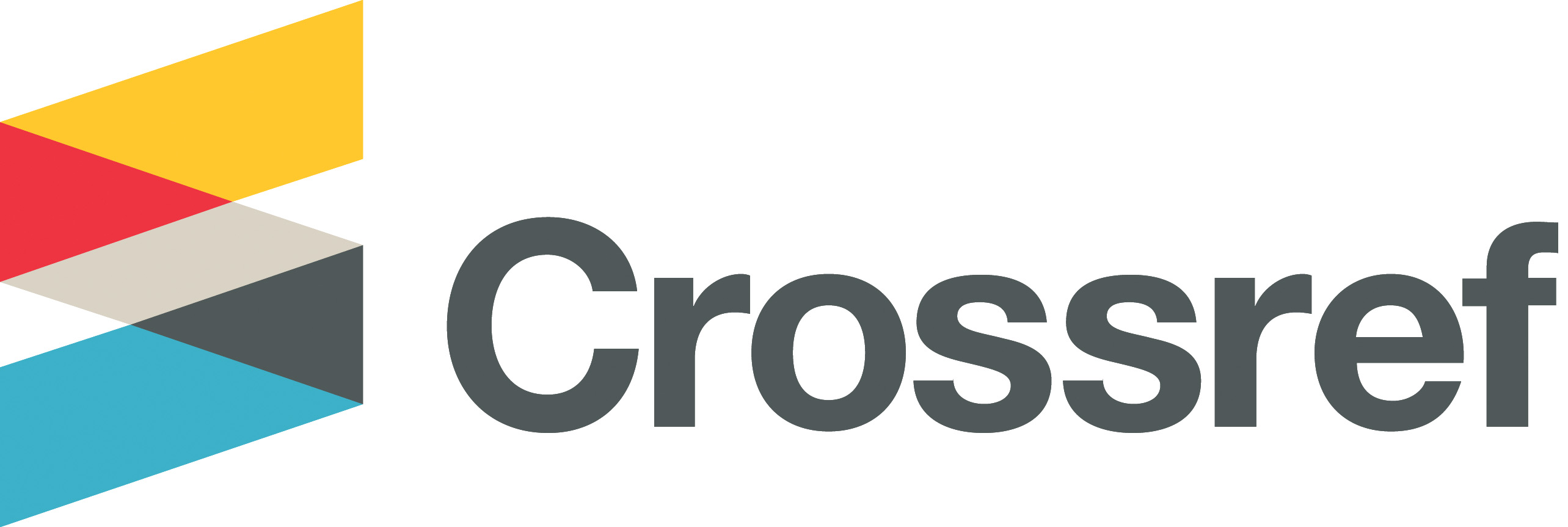MENTAL PICTURE THEORY AND PROBLEMATIC RELATIONSHIP WITH PROFILING
DOI:
https://doi.org/10.33282/abaa.v1i2.450Keywords:
Mental , Picture , Theory , Problematic Relationship, ProfilingAbstract
Walter Lippmann, speaking about man, says : ” Gradually he makes for himself a trustworthy picture inside his head of the world beyond his reach. “. This means that the picture, whether it was good or bad, it doesn’t happen for nothing, but rather for intentional purposes. Some orientalists make their judgements even before getting to the place concerned with the study.
The mental image is one of the most misused terminology, although the world today has become the world of image, it witnessed the disappearance of the theories that used to consider the media as a reflective mirror for society, also it was confirmed that the media creates what varies from reality and sometimes completely different from reality. The image of the other, does not necessarily represent him or her, as well as for one's self. The image of the other is a reflection of the reality of the relationship with the self that was reflected in the imagination.
This explains the issue of the truth in existence, which is something that does not exist, or as said, the meaning is in the heart of the peot, and here we do not try to find the truth, but we emphasize the need to believe in different ideologies, otherwise there wouldn’t be multiple religions and ideas and the division of public opinion into supporters and opponents. It is worth saying that the mental image has become a theory or a self-contained science because it is studying what exists and not what is imposed. This research is characterized by the diversity of cognitive fields of psychology, sociology, philosophy and media. The research also aims to study the concept of mental image and follow its origins and correlations or its contrast to other concepts and processes of knowledge.
Downloads
Downloads
Issue
Section
License
Copyright (c) 2006 author

This work is licensed under a Creative Commons Attribution 4.0 International License.
Authors retain copyright and grant the journal right of first publication with the work simultaneously licensed under a Creative Commons Attribution License (CC BY 4.0) that allows sharing the work with recognition of authorship and initial publication in ABBA journal.


















